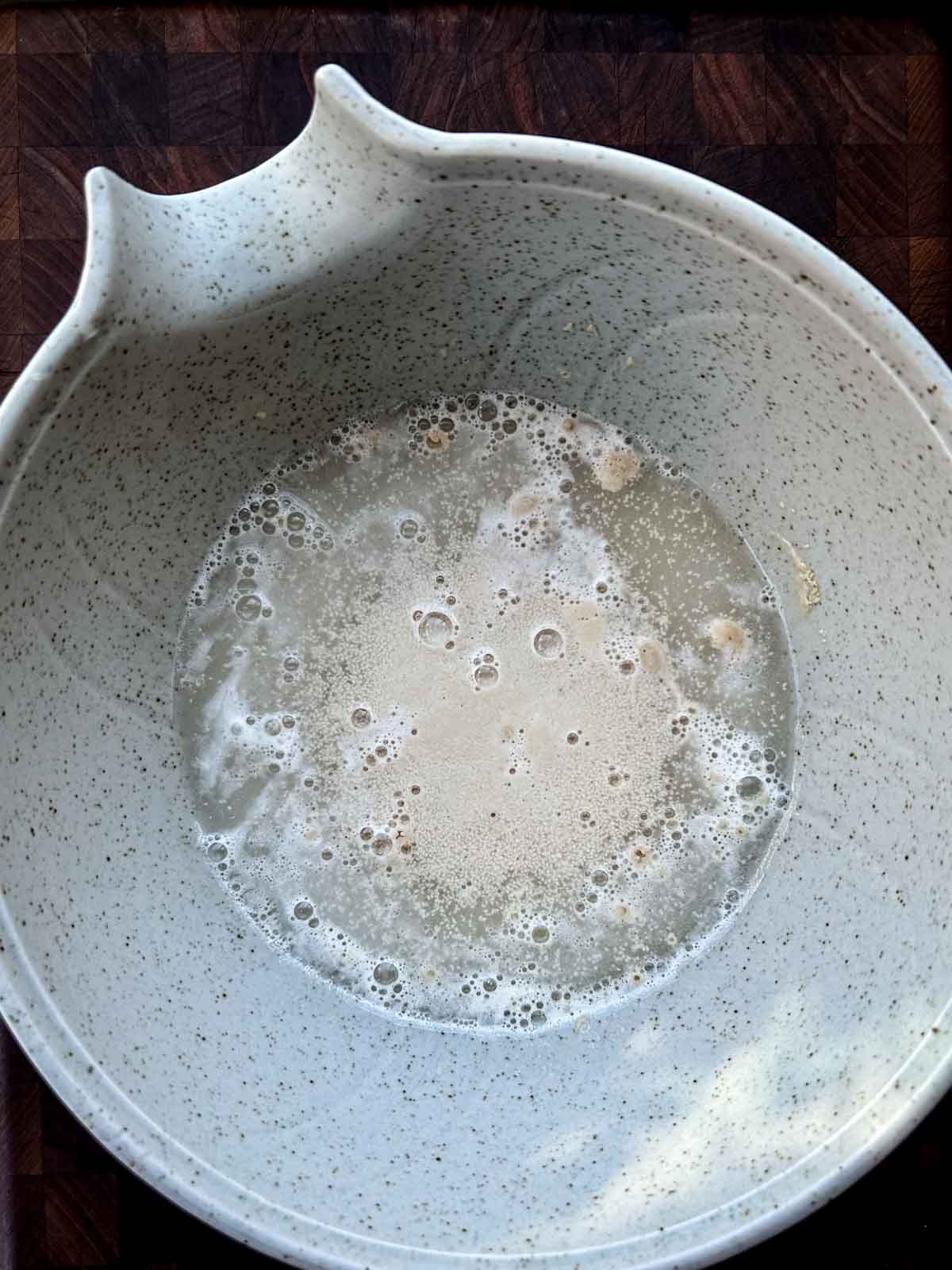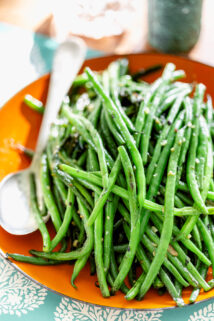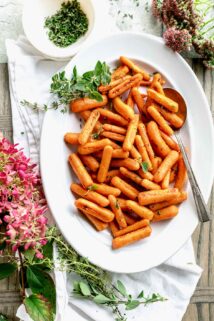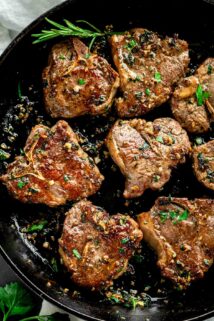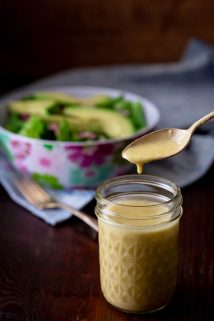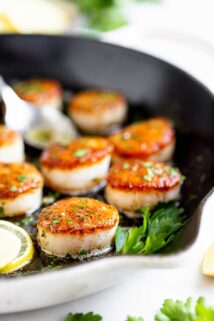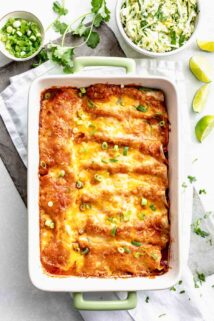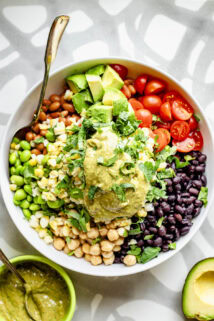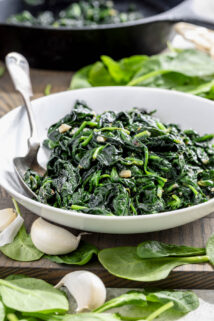Types of Yeast For Bread
If you are new to baking yeasted bread then you may be wondering, what is the difference between the types of yeast for bread? Today’s short tutorial will clearly explain the kinds of bread yeast you can use for baking at home.
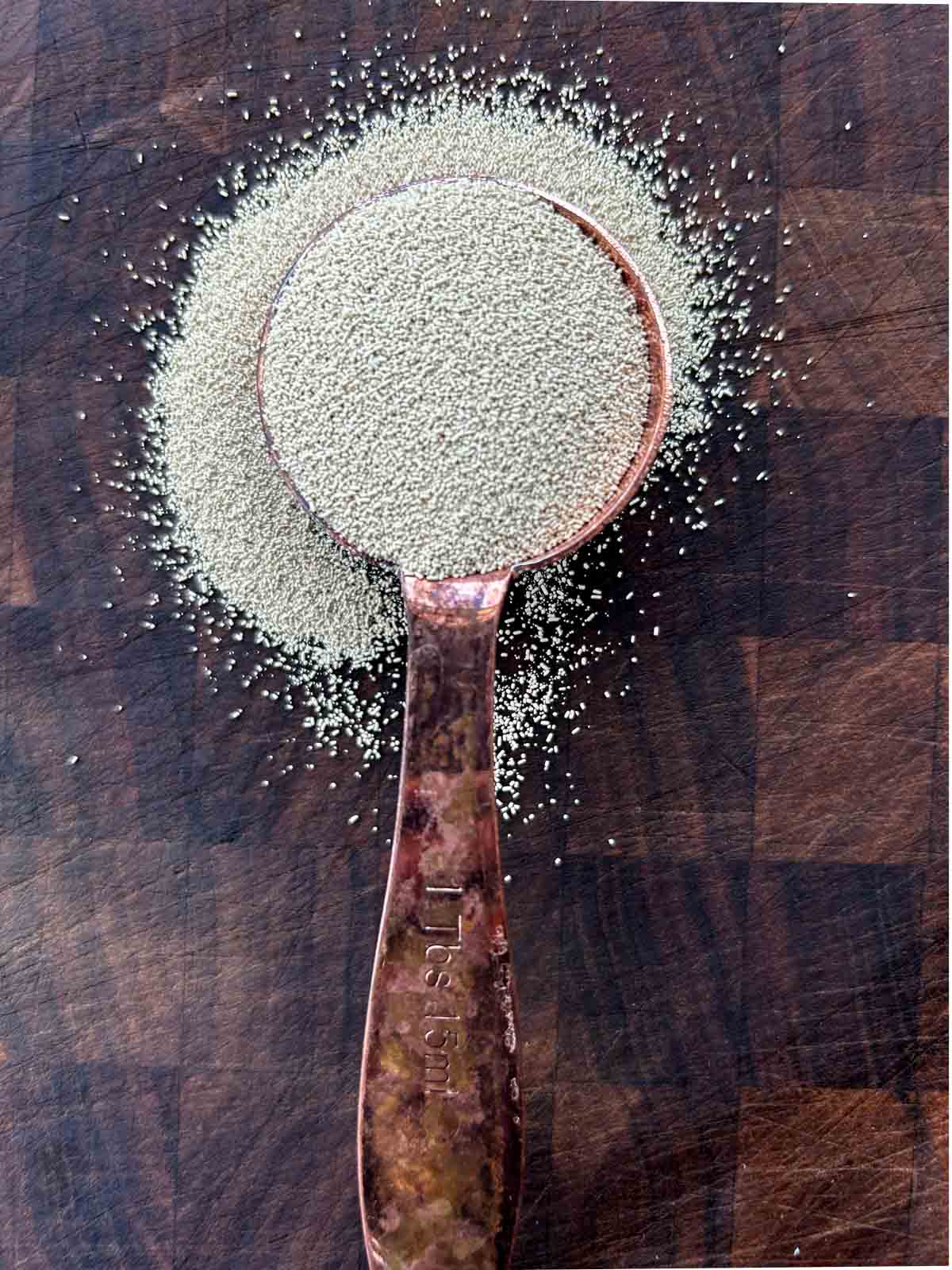
Don’t tell flour we said so, but when you’re making homemade bread, there is only one star of the show – Yeast! This tutorial will walk you through What is Baker’s Yeast, where to buy it, how to store it and most importantly what are the different kinds of yeast for baking.
Table of contents
What Are The Different Kinds Of Yeast For Baking
Active Dry Yeast
- Larger granules that need to be dissolved or bloomed in water before being used
- The water must be lukewarm (about 110 degrees Fahrenheit) in order to active the yeast from it’s dormant state
- If the water is below 105 degrees the yeast will not activate and if the water is above 115 degrees it could kill the yeast and the bread will not rise
- Once mixed with lukewarm water it usually takes about 5 minutes for foamy bubbles to appear
- These bubbles indicate that the yeast is ready to be added to the rest of the ingredients
Instant Yeast
- Sometimes called “Bread Machine Yeast”
- Smaller granules that can be mixed directly into the dry ingredients
- Because of these finer particles, it dissolves faster and activates quicker
- It can be used 1:1 in recipes that call for active dry yeast (and will likely rise more quickly)
Rapid-Rise or Quick-Rise Yeast
- Very similar to instant yeast with smaller granules that do not need to be dissolved in water
- Enzymes and other additives haven been included to make the dough rise faster
- With this yeast it is possible to shape the dough right after kneading and skip the first rise
Fresh Yeast
- Also called compressed yeast or cake yeast
- Preferred in restaurants and by professional bakers
- Comes in small foil wrapped square cakes and is found in the refrigerator section of the grocery store and has a shorter shelf life than the dry yeasts above
- It has a crumbly spongey texture and must be weighed for use in baking as it is not easily measured by volume
- Needs to be softened in warm water before use
- Best for bread that requires long rise times
- If you have a recipe that calls for Fresh Yeast, but you only have instant yeast, use 1/3 as much by weight. source.
Wild Yeast
- Wild yeast is invisible atmospheric yeast that is all around us
- Sourdough bread is made with a starter which is made from wild yeast
- You can make your own sourdough starter at home without any commercial bakers yeast
- Making a sourdough starter takes about 6 or 7 days and only requires flour, water and atmospheric or wild yeast
- Learn how to make a starter here
- You can also buy sourdough starters or grab a little sourdough discard from a baking friend like I did
- Wild yeast varies by location and is said to give baked goods terroir or a taste of place
What Is Baker’s Yeast?
- It is a microscopic fungus… similar to an edible mushroom
- The scientific name is really long, but basically means sugar-eating fungus
- Yeast cells digest sugar in order to grow
- This growth is called fermentation and produces carbon dioxide gas and ethyl alcohol, which are released into the dough
- The gas gets trapped in the elastic and stretchy dough, which causes the dough to inflate or rise and the ethyl alcohol gives the bread it’s typical flavor and aroma
- The resulting product is called a yeast-leavened bread
Where To Buy Baking Yeast
Most dry yeast is shelf stable because it has been freeze-dried into dormancy (but don’t forget to check the expiration date) and sold in small envelopes or jars. Its usually located in the baking aisle of the grocery store near the baking soda and baking powder. Fresh yeast on the other hand is usually wrapped in paper or foil and found in the refrigerator section.
Check out Red Star Yeast’s product page for even more information.
How To Store Baker’s Yeast
Yeast can go bad, so make sure you store it properly.
Keep fresh yeast in the refrigerator wrapped in original packaging or parchment and in a resealable container to prevent moisture loss, up to 1 month.
Keep all other yeasts including instant yeast, rapid yeast, quick yeast and active dry yeast in the refrigerator or freezer for up to 1 year. Keep in original sealed packages or in an airtight container. Keep dry.
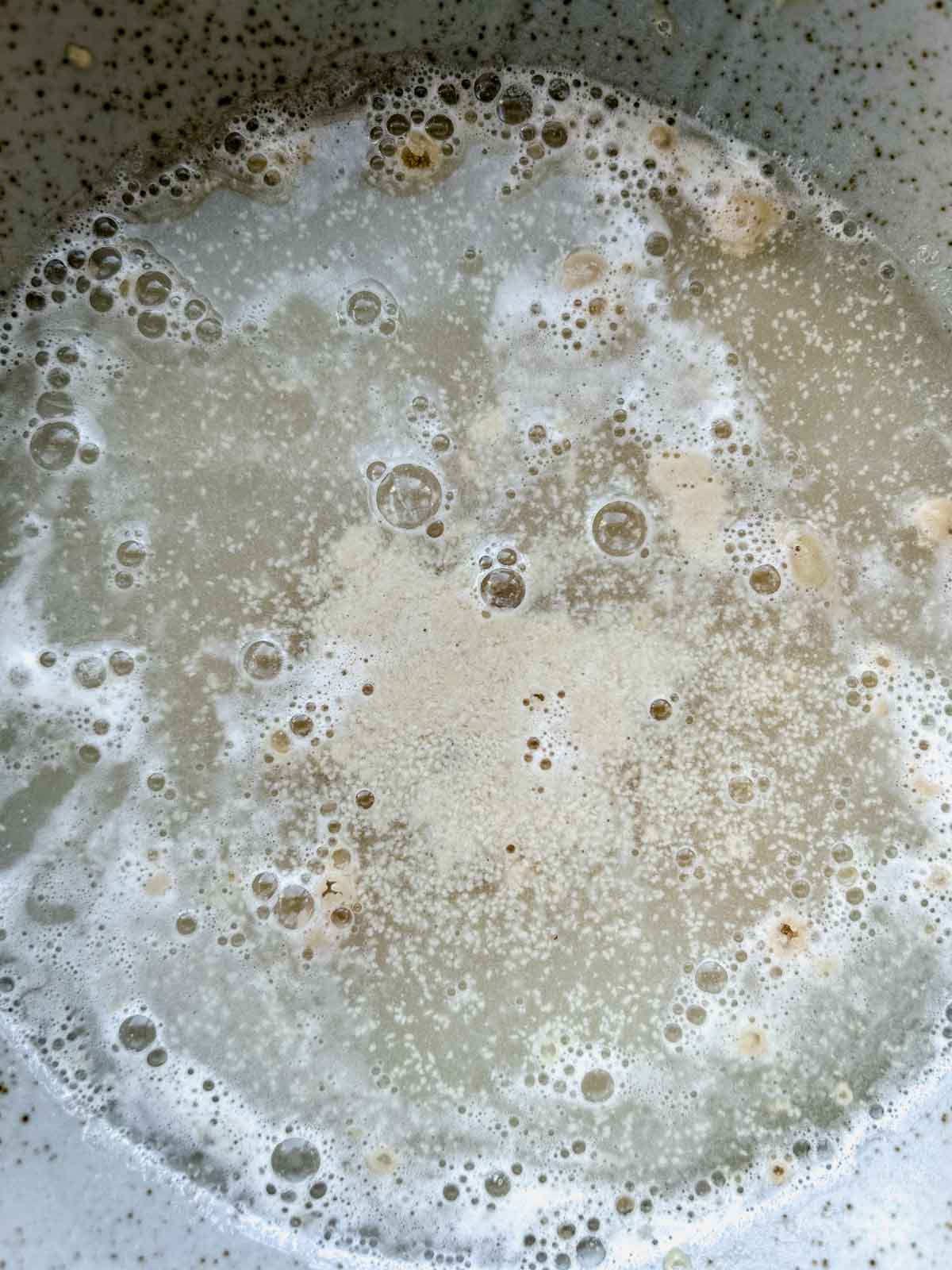
FAQs and Pro Tips For Baking With Yeast
No you do not need to proof or rehydrate instant yeast before using it. It can be mixed into the dough without proofing it beforehand. However, we recommend testing a small amount of the yeast you are using to make sure it is still alive. To do so follow the steps to test your yeast.
Yeast is a living organism and can die if it’s too old or has not been stored properly. To test yeast and make sure it’s still viable add it to warm water with a little sugar and within a few minutes a bubbly foam should appear on the surface. If you see this foam, the yeast is good to go.
After mixing the dough you have to give the yeast time to do its job. This is called proofing the dough and letting it rise. Most recipes require two rise times… the first right after mixing and the second after you shape the dough.
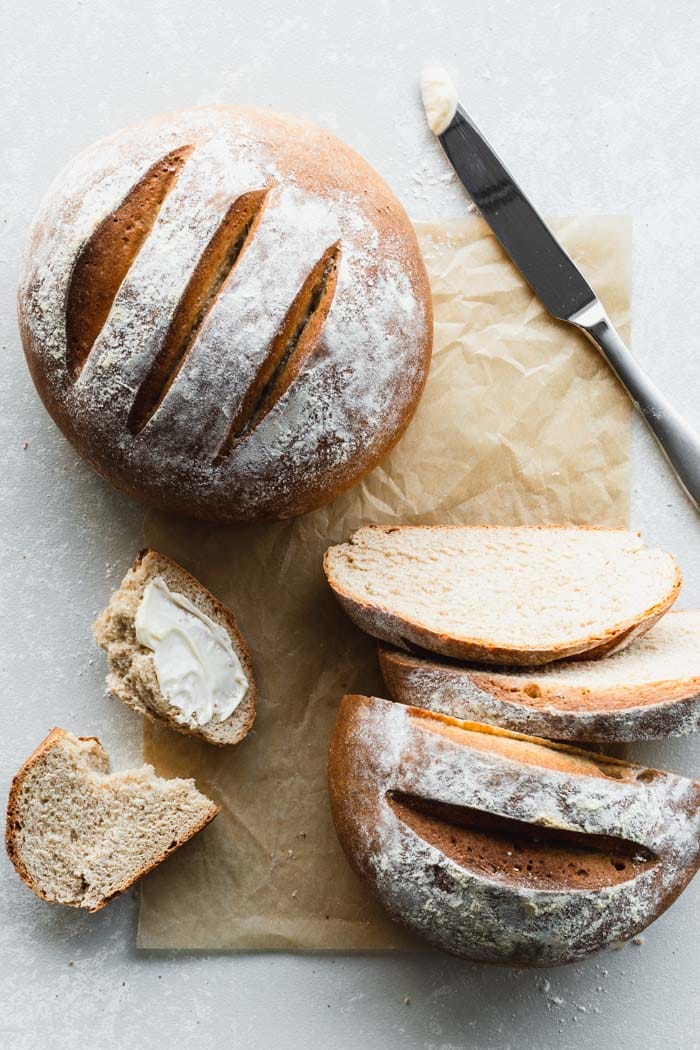
Our 3 Favorite Yeasted Bread Recipes
- By now you’ve tried our favorite soft and delicious Homemade Wheat Bread recipe. And if not, stop what you’re doing and mix up a batch. It takes just over an hour, start-to-finish!
- These are our favorite special occasion soft dinner rolls.
- Try this intensely flavored Honey Wheat Black Bread. It can be made into rolls or a loaf.

